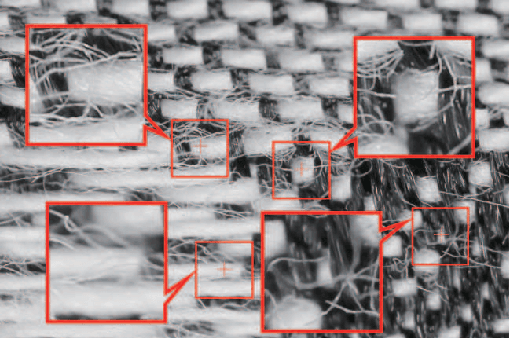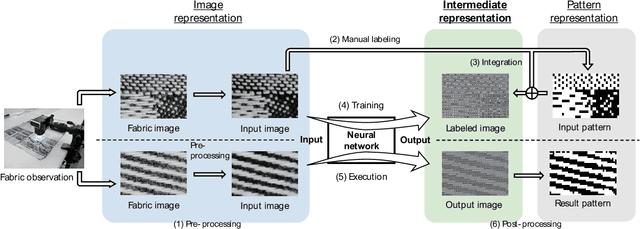Takamasa Terada
Wavelet Integrated Convolutional Neural Network for ECG Signal Denoising
Jan 12, 2025Abstract:Wearable electrocardiogram (ECG) measurement using dry electrodes has a problem with high-intensity noise distortion. Hence, a robust noise reduction method is required. However, overlapping frequency bands of ECG and noise make noise reduction difficult. Hence, it is necessary to provide a mechanism that changes the characteristics of the noise based on its intensity and type. This study proposes a convolutional neural network (CNN) model with an additional wavelet transform layer that extracts the specific frequency features in a clean ECG. Testing confirms that the proposed method effectively predicts accurate ECG behavior with reduced noise by accounting for all frequency domains. In an experiment, noisy signals in the signal-to-noise ratio (SNR) range of -10-10 are evaluated, demonstrating that the efficiency of the proposed method is higher when the SNR is small.
Image-based Textile Decoding
Jan 02, 2021



Abstract:A textile fabric consists of countless parallel vertical yarns (warps) and horizontal yarns (wefts). While common looms can weave repetitive patterns, Jacquard looms can weave the patterns without repetition restrictions. A pattern in which the warps and wefts cross on a grid is defined in a binary matrix. The binary matrix can define which warp and weft is on top at each grid point of the Jacquard fabric. The process can be regarded as encoding from pattern to textile. In this work, we propose a decoding method that generates a binary pattern from a textile fabric that has been already woven. We could not use a deep neural network to learn the process based solely on the training set of patterns and observed fabric images. The crossing points in the observed image were not completely located on the grid points, so it was difficult to take a direct correspondence between the fabric images and the pattern represented by the matrix in the framework of deep learning. Therefore, we propose a method that can apply the framework of deep learning via the intermediate representation of patterns and images. We show how to convert a pattern into an intermediate representation and how to reconvert the output into a pattern and confirm its effectiveness. In this experiment, we confirmed that 93% of correct pattern was obtained by decoding the pattern from the actual fabric images and weaving them again.
 Add to Chrome
Add to Chrome Add to Firefox
Add to Firefox Add to Edge
Add to Edge